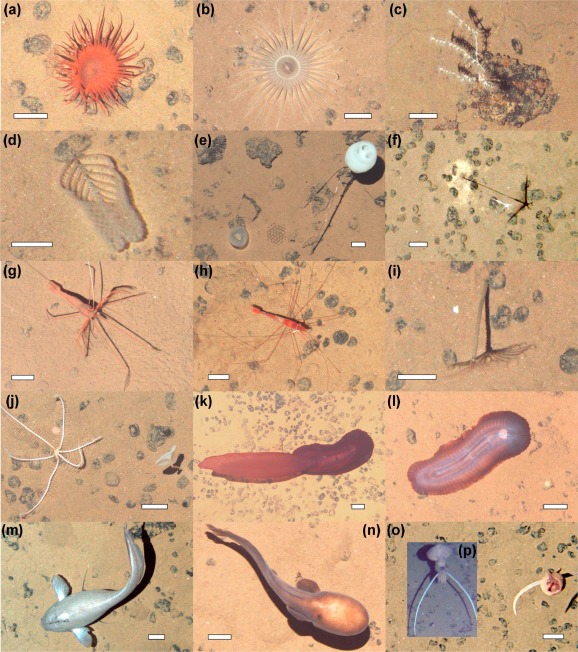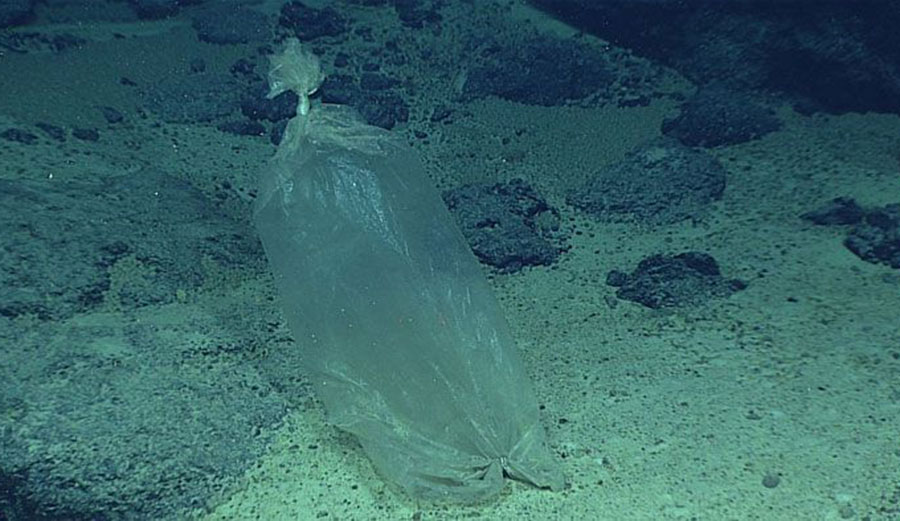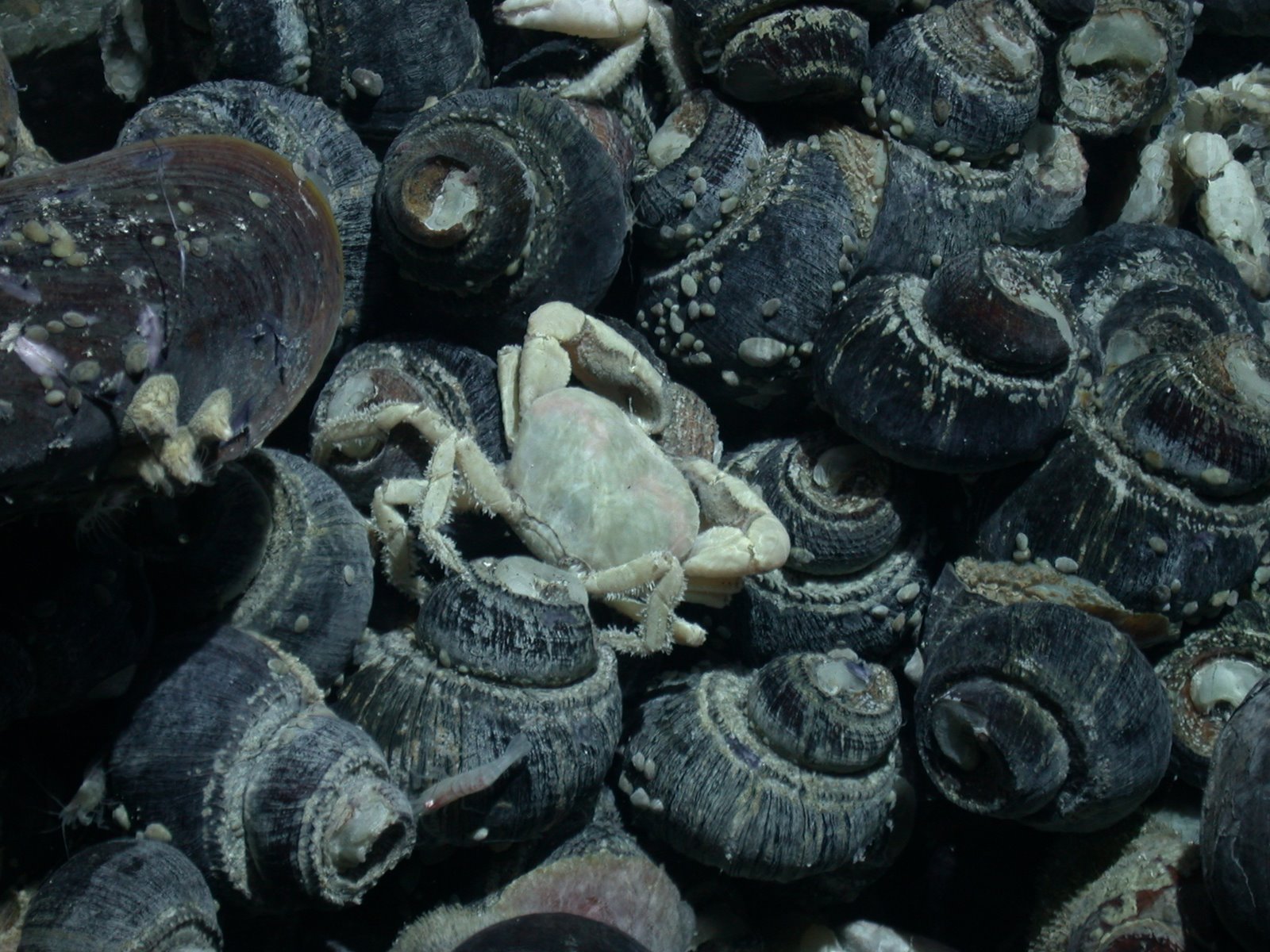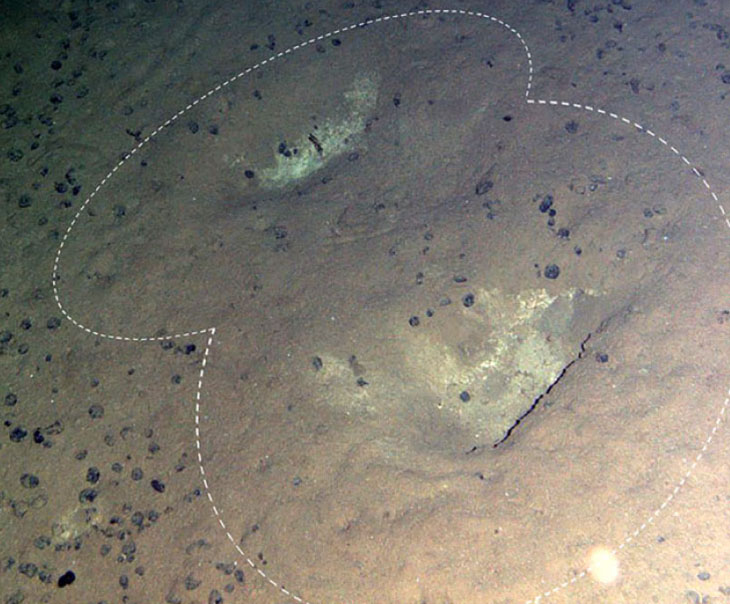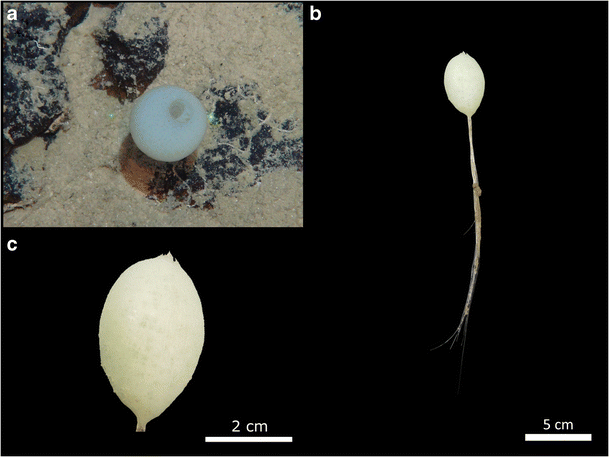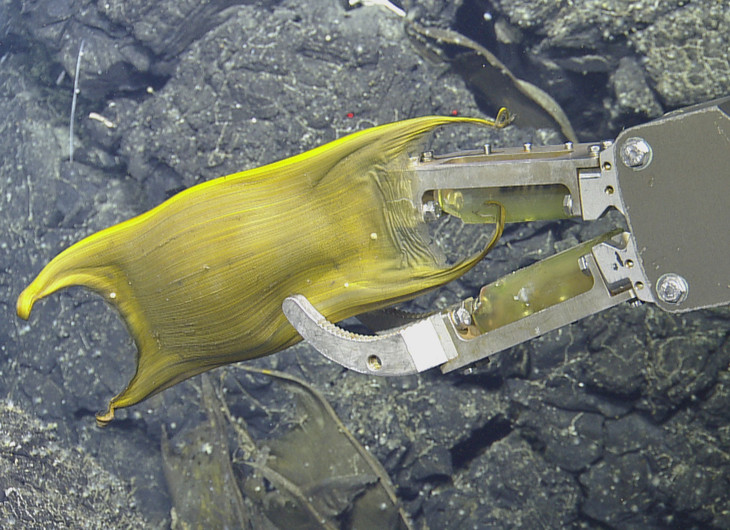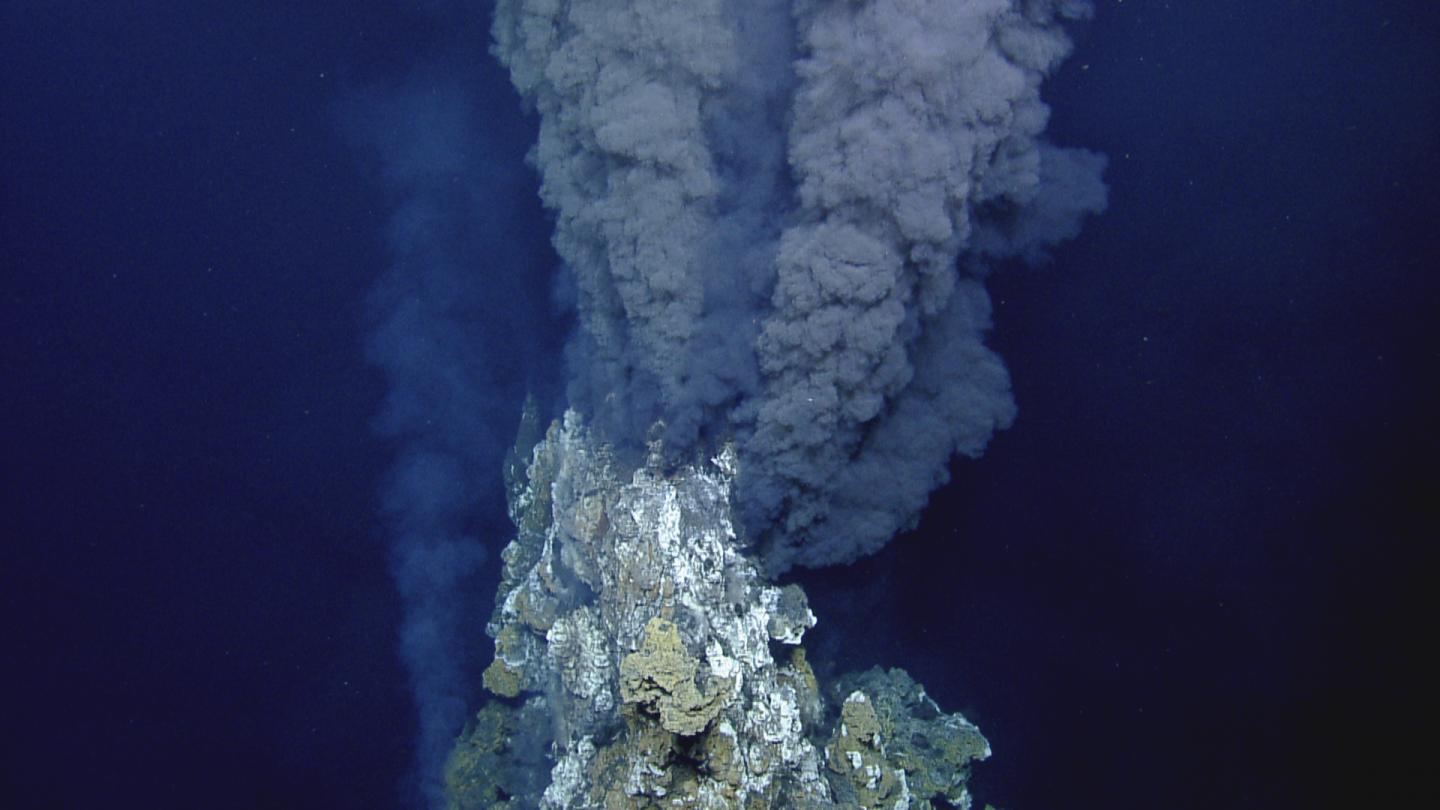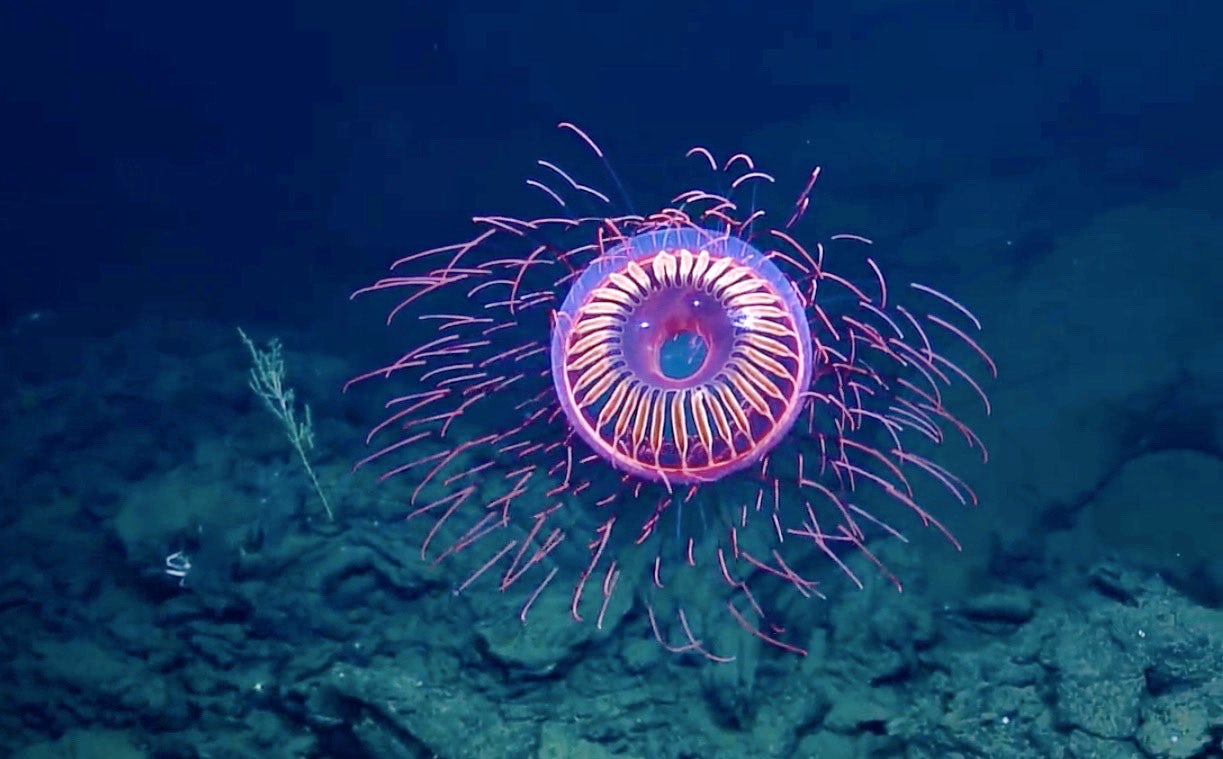2018 was a banner year for studies highlighting the importance of hydrothermal vents not just to the highly specialized communities that thrive around seafloor massive sulphides, but also to the surrounding benthic community. Vents provide nursery grounds for octopuses and deep-sea skates, but they also provide food for deep-sea and shallow water animals. At shallow-water […]
Read More